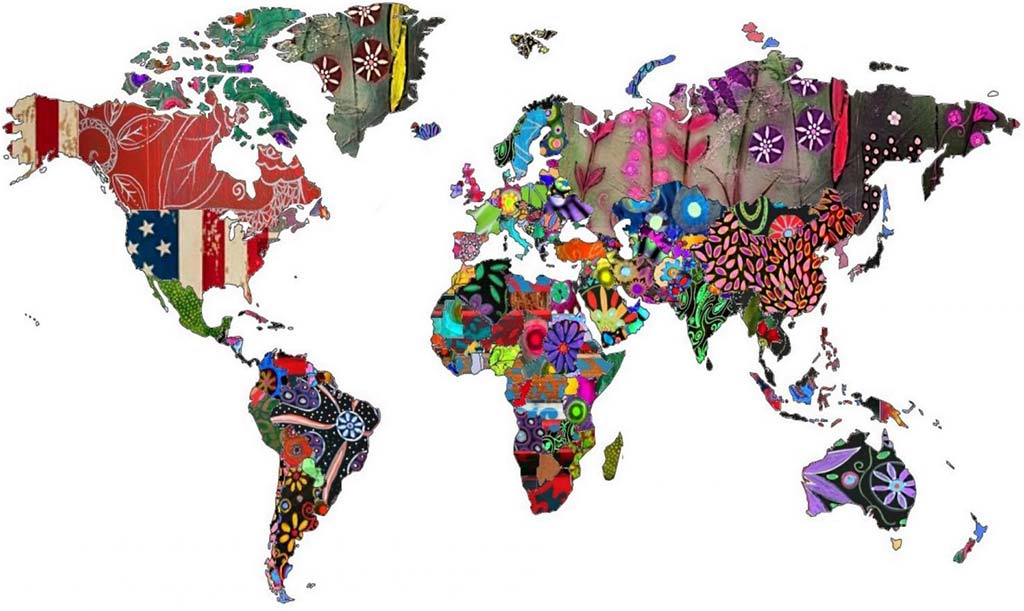Introduction
Back to: Training Session: Critical Situations in Intercultural Contexts
When interacting or working with people from different cultural backgrounds you need some basic skills for understanding and communicating.
In this online course you got information on cultural contrasts and their consequences. You became familiar with models and concepts of culture, verbal and nonverbal communication structures, the processes of stereotyping and the approach of cultural standards.
Concluding, the Development Model of Intercultural Sensitivity (DMIS) exemplified how reflection, flexibility and empathy can help to overcome cultural gaps.

rickheadle, pixabay
In this last course section we would like to sum up the content of the previous sections and illustrate how it can be implemented in your daily communication processes with refugees and asylum seekers.
The following lessons present examples of crucial situations frequently occurring when persons with different cultural backgrounds meet and interact. They give you the opportunity to define traps and pitfalls, to reflect typical thinking and acting patterns and to build up intercultural communication skills.
On the following pages you will mainly find examples, exercises and tasks that support you in strenghtening your competence and confidence in intercultural interactions.